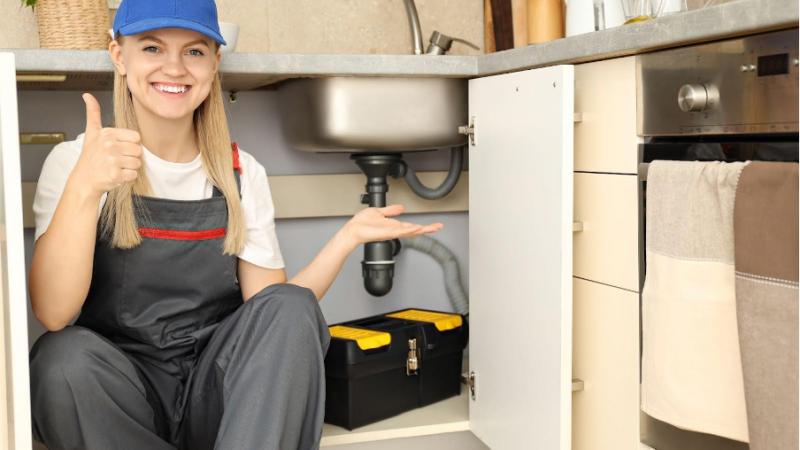How to Prepare Your Plumbing for the Winter

We are all aware that when water freezes, it expands. The ice cubes inside your freezer don't have that issue, but if ice starts to build up in your pipes, that could be disastrous. The cracking of a frozen pipe can release dozens of gallons of water into your house.
Early fall is the best time to get your plumbing system ready for cold weather since that's when the temperatures start to drop. Fortunately, we have put together some of the precautions you can take to lessen the likelihood of a disaster.
1. Plumbing System Maintenance
A complex web of plumbing fixtures, pipes, and their components make up your plumbing system. You can consider setting up your annual plumbing service appointment for the best potential winter protection for your property.
A plumber's maintenance gives a comprehensive examination and the necessary attention your system requires. Your exposed water lines, toilets, trash disposals, sinks, and drains are all maintained during these visits by a skilled plumber. Call the licensed Ohio plumbers at Buckeye Heating, Cooling & Plumbing if your plumbing system in your Ohio area home needs servicing.
2. Find Your Water Main
It's crucial to be ready in the event that some of your pipes burst during this upcoming cold weather season. The water main is essentially your building's major access point to your local water or well system, so the first step is to find it. In addition, it can occasionally be a good idea to turn off your building's access to water if you are making plans to be away for extended durations during the winter.
By knowing precisely where this component is in advance, you'll guarantee that you'll be able to instantly limit access to the water in case of an emergency, aiding in reducing the potential damage that might result from a burst pipe while you await repair. By doing this, the possibility of burst or frozen pipes is completely eliminated.
3. Turn off the Outside Faucets
Close all outside faucets at their shutdown valves. To drain any water from the pipe, turn on the faucet and then lift the bleeder cover on the cutoff valve. The pipe might still freeze and shatter if it is not drained. In order to capture any drips, leave the bleeder cap open and place a bucket beneath. Your cutoff valve has to be changed if the drip persists.
4. Insulate Pipes
Use heat cable then wrap it in pipe insulation if you have piping in an unheated place, such as a garage, attic, or crawl space. Pipe insulation by itself is ineffective, since it won't take long for cold air to reach the frozen pipes. In reality, if pipes are only insulated, warm air may not reach them if a heating cable is not used.
5. Seal Rim Joists
A potential location for cold air penetration is the rim joist. Insulate in between floor joists after using expanding foam to seal any gaps or fractures. Additionally, check the area surrounding any openings where pipes, wires, or cables enter an outside wall. Wherever you can, insulate, and use caulk or expanding foam to stop drafts. A makeup air hose should be used to provide combustion air into the furnace after insulation.
6. Connect the Heat Cable
For delicate pipelines, heat cables work best. To prevent the pipe from freezing, they contain an integrated thermostat that monitors the temperature of the pipe and controls the heat as needed. You'll need a nearby outlet to plug the cable in.
Endnote
While many Columbus dwellers are now starting to get some reprieve from the prolonged summer heat, it's still crucial to be ready for the next winter months. Your plumbing systems can be strained by low temperatures, which might result in water damage or leaking pipes, failed water heaters, and a host of other problems.
If your plumbing system is more dated or has previously been affected, you may be more susceptible to pipe breaks. Even before winter weather arrives, we encourage you to look for leaky plumbing fittings and get any problems professionally fixed.
More to Read:
Previous Posts:











